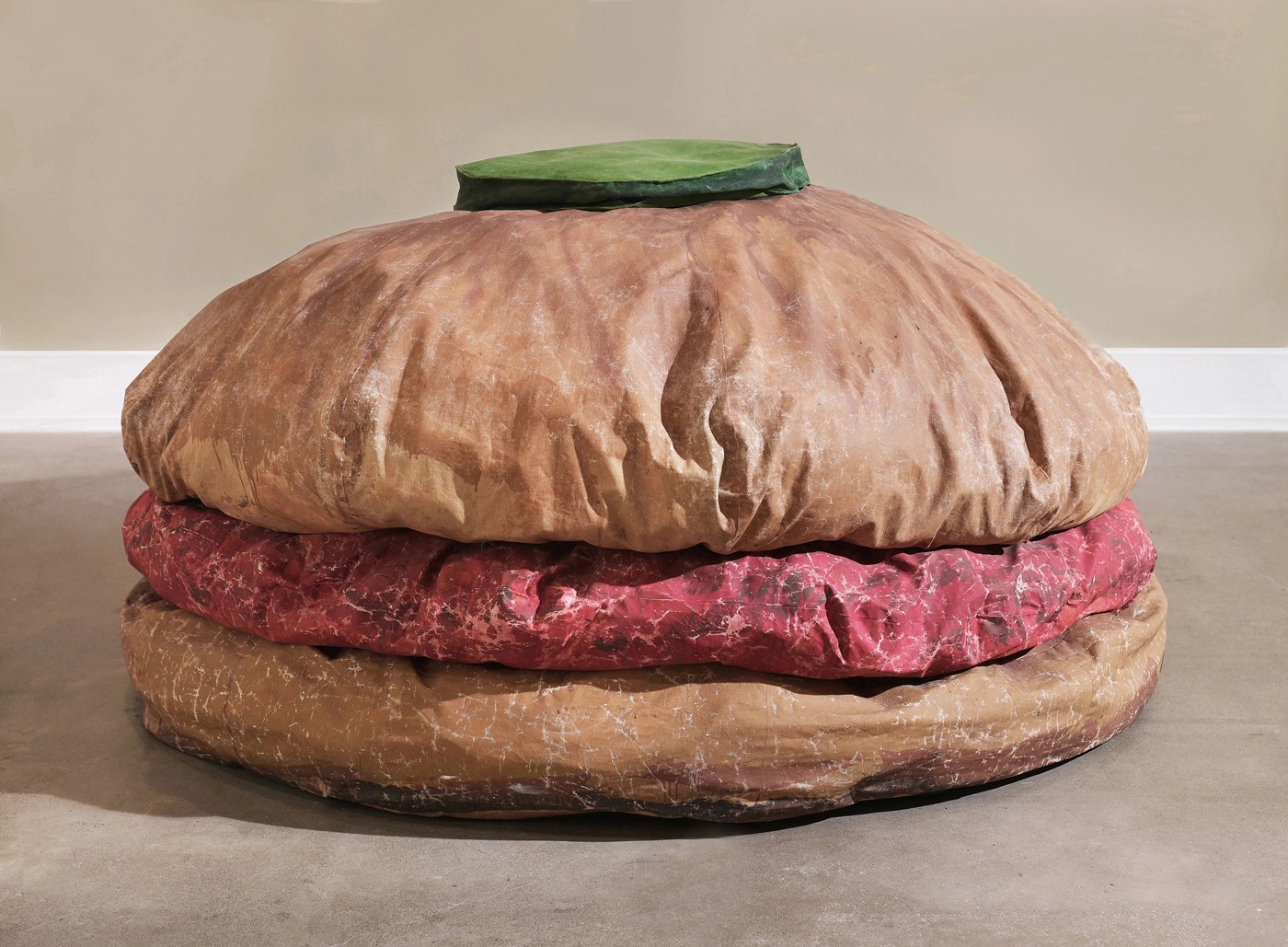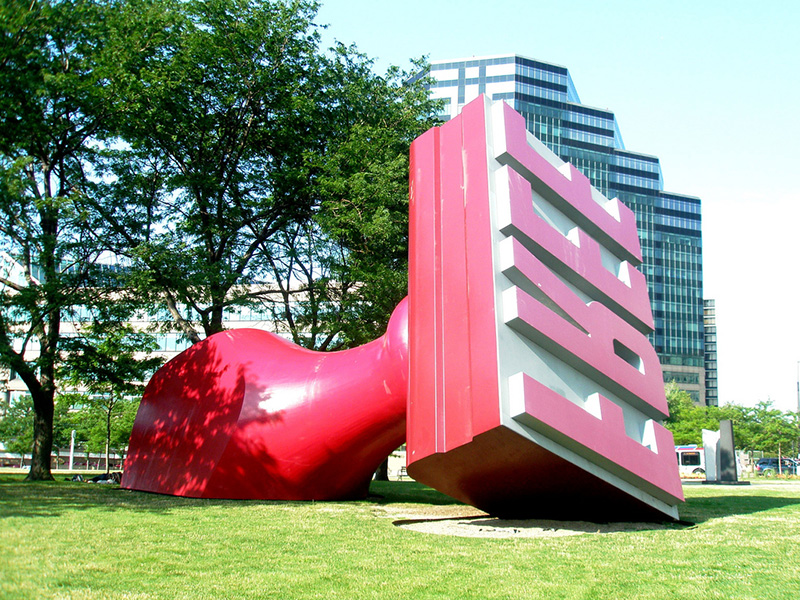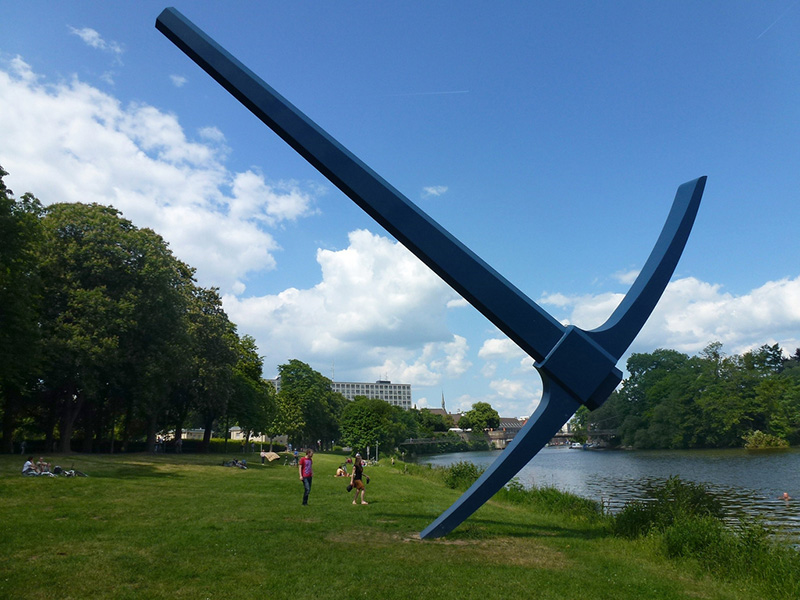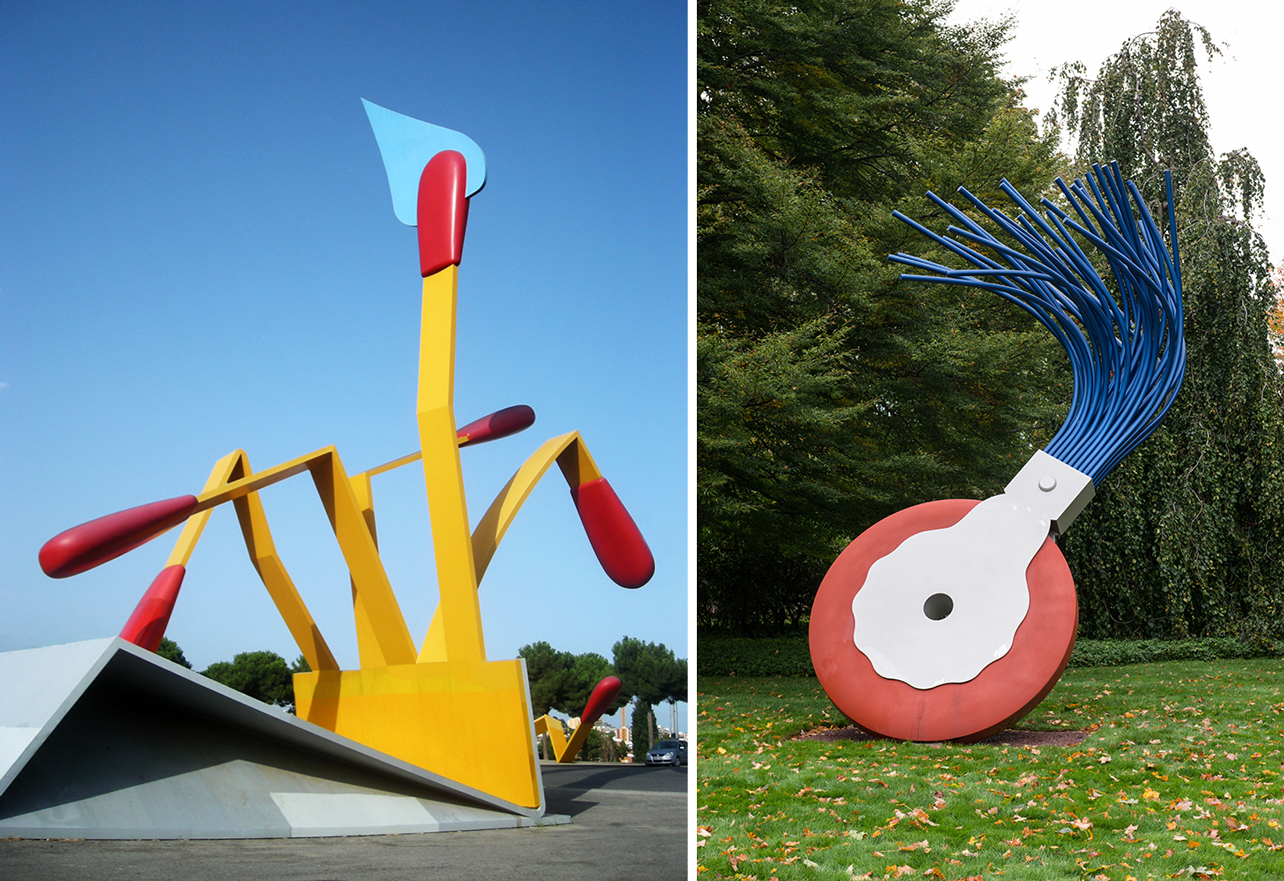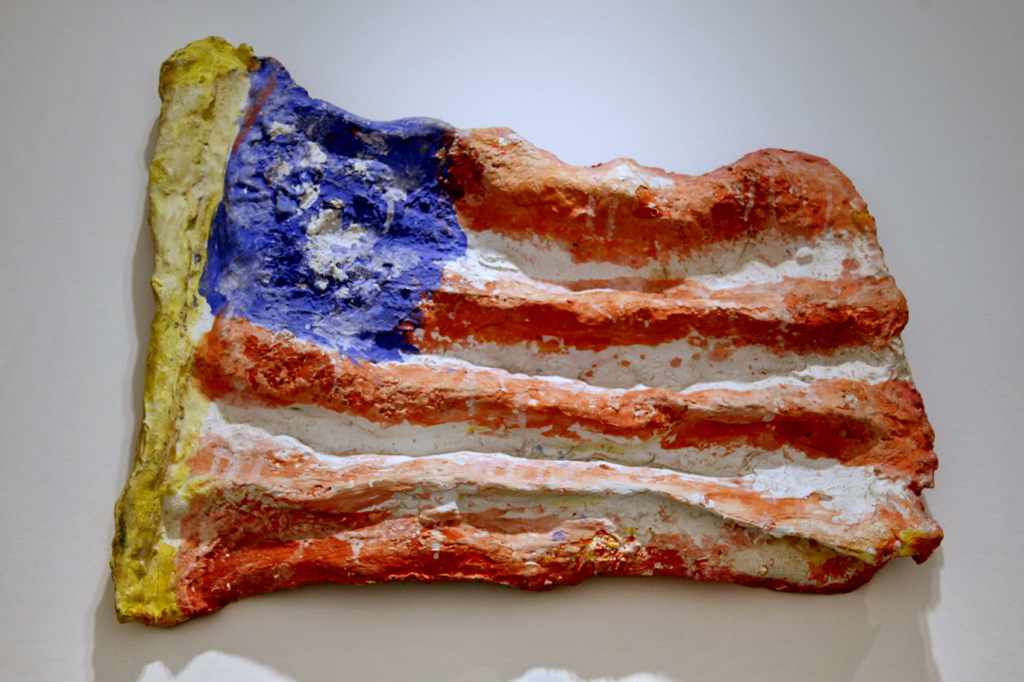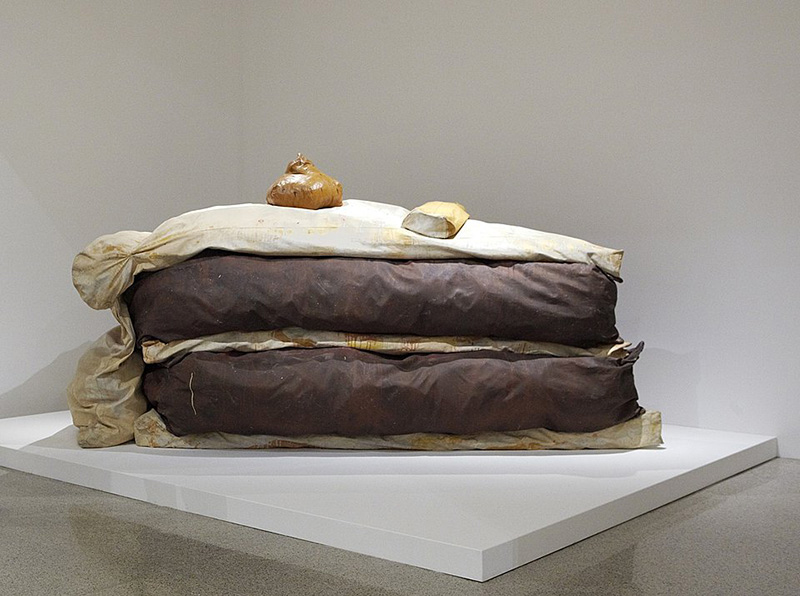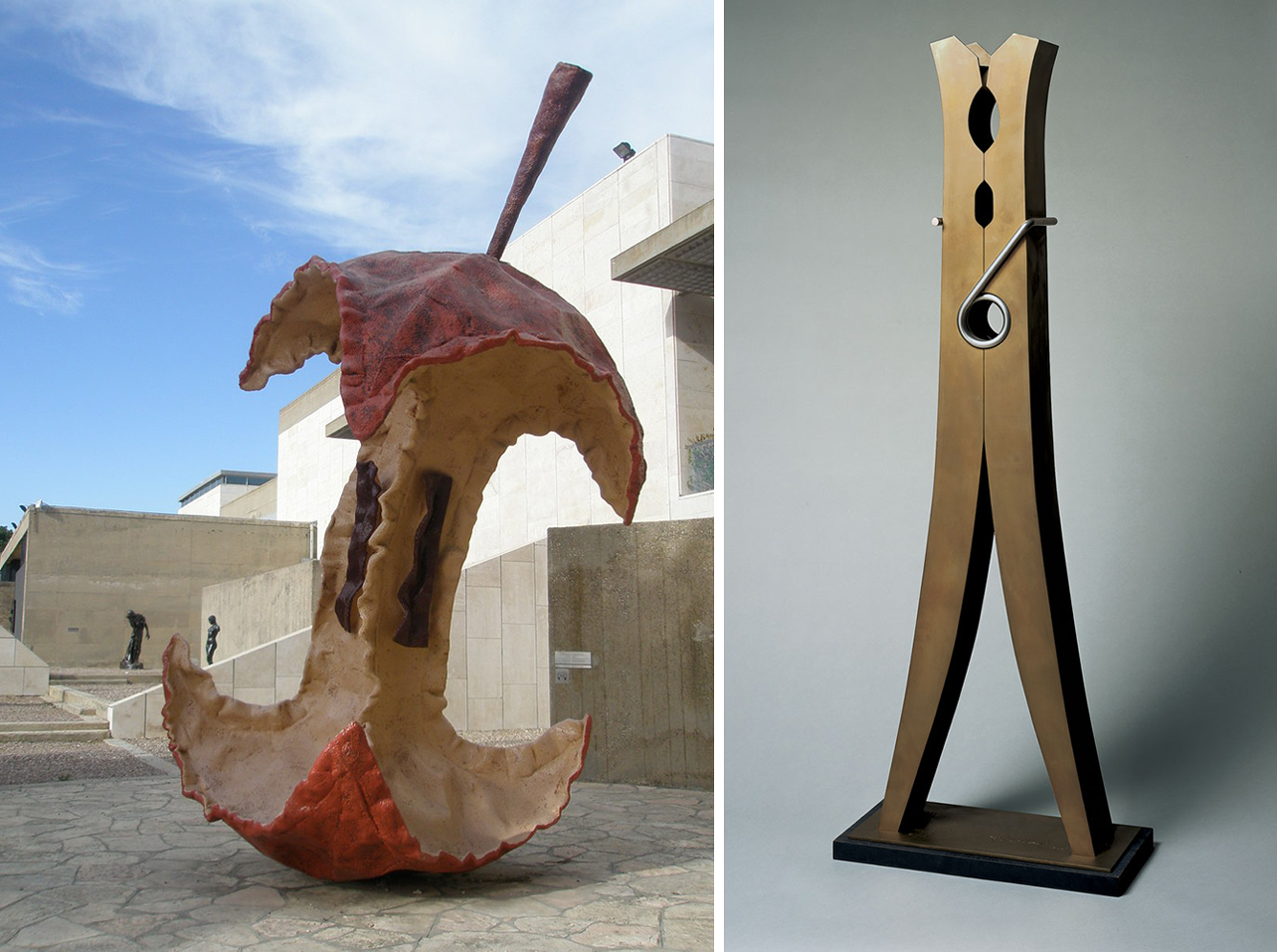TRACES: Claes Oldenburg
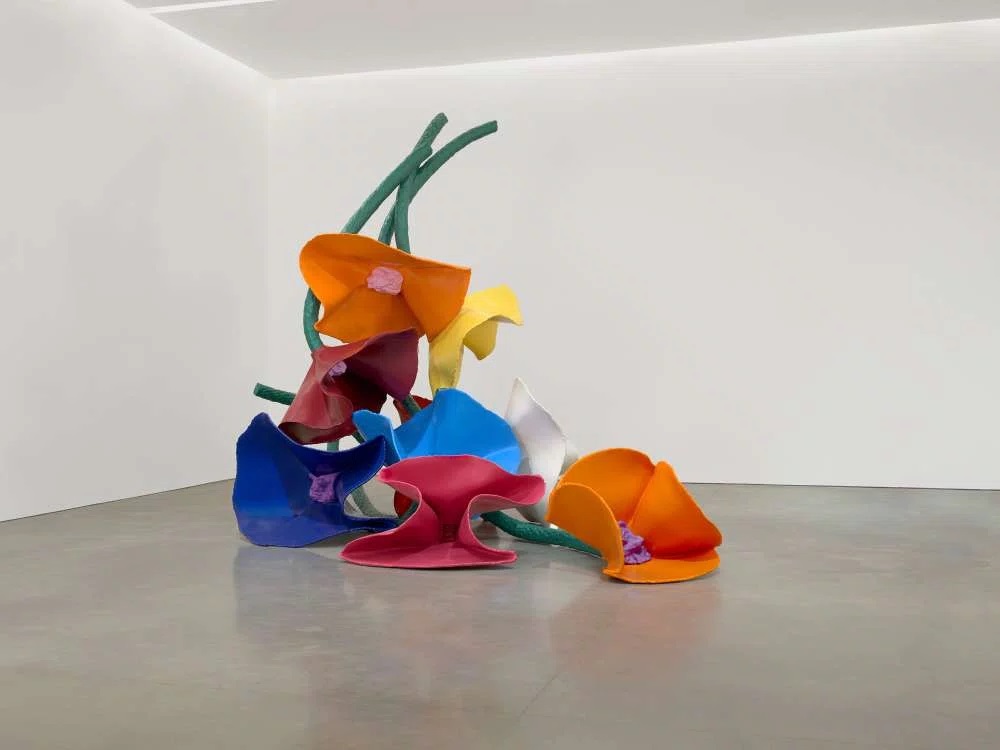 Today is the occasion to bear in mind Claes Oldenburg (28/1/1929-18/7/2022), the king of Pop Sculpture since the early ’60s. Whereas Pop Artists had imitated the flat language of billboards, magazines, television, e.c.t., working in two-dimensional mediums, Oldenburg’s three-dimensional papier maches, plaster models, and soft fabric forms brought Pop Art into the realm of sculpture, a key innovation at the time. This column is a tribute to artists, living or dead, who have left their mark in Contemporary Art. Through documents or interviews, starting with: moments and memories, we reveal out from the past-unknown sides of big personalities, who left their indelible traces in time and history…
Today is the occasion to bear in mind Claes Oldenburg (28/1/1929-18/7/2022), the king of Pop Sculpture since the early ’60s. Whereas Pop Artists had imitated the flat language of billboards, magazines, television, e.c.t., working in two-dimensional mediums, Oldenburg’s three-dimensional papier maches, plaster models, and soft fabric forms brought Pop Art into the realm of sculpture, a key innovation at the time. This column is a tribute to artists, living or dead, who have left their mark in Contemporary Art. Through documents or interviews, starting with: moments and memories, we reveal out from the past-unknown sides of big personalities, who left their indelible traces in time and history…
By Efi Michalarou
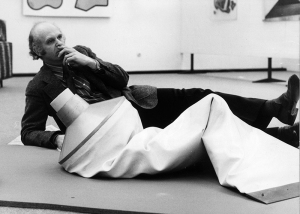 Claes Oldenburg was born in Stockholm, his father was diplomat and settled with his family in Chicago in 1936. He studied literature and art history at Yale University from 1946 to 1950 then returned to Chicago where he took classes at The School of the Art Institute of Chicago. While further developing his craft, he worked as a reporter at the City News Bureau of Chicago. He also opened his own studio and, in 1953, became a naturalized citizen of the United States. In 1956, he moved to New York, working part-time in the library of the Cooper Union Museum for the Arts of Decoration. According to the artist, the “Most creative and stimulating” influence was the environment of the Lower East Side, where The Beats, Fluxus, and Pop Art groups converged on performance and gallery spaces. Here, he got to know artists such as Allan Kaprow, Yoko Ono, Robert Rauschenberg, Jasper Johns, Andy Warhol, and Jim Dine. Most everyone in this circle agreed that Abstract Expressionism was dead, but no one knew what came next, and daring experiments in Multi-media and Performance Art. Another vivid resource for Oldenburg’s imagination was the library at Cooper Union, where he held his first solo exhibition in 1959, consisting of figurative drawings. It was there that he discovered the imaginary architecture envisioned by the 18th Century Romantics, and the construction and installation of the Statue of Liberty, sources that inspired his own whimsical drawings for monuments, and later public sculpture. 1960 was a breakthrough year for Oldenburg. The Harvard graduate appeared covered in garbage, with Patty Mucha in his work “Snapshots from the City”, inspired by the neighborhood and staged at Judson Memorial Church. Inspired by the smorgasbord of sights and sounds in life and art in Lower Manhattan, he collaborated with Mucha on other performances, and produced his first soft sculptures. In 1960 (preceding Warhol’s “Factory” by two years) Oldenburg began calling his studio the Ray Gun Manufacturing Company and produced bulbous, crudely-fashioned “Ray Guns”, imitations of generic sci-fi weapons for display in his rented storefront. He also collected toys and kitsch objects that he displayed alongside these sculptures in installations. The Store caught the attention of the high-profile Green Gallery on 57th Street, where Oldenburg displayed his three colossal sculptures “Floor Cake”, “Floor Cone”, and “Floor Burger”, sculptures in stuffed, painted and sewn canvas, in 1962. From then on his work received significant acclaim, and for the next few years his production of soft convenience foods and domestic objects was prolific and varied: sandwiches, fries spilling out of the to-go packet, a hot water bottle, telephones and toilets and mass-manufactured household items. Characterized by a fluid hand, his works on paper remained an important, ongoing aspect of his career. Oldenburg moved to Los Angeles in 1963 “Because it was the most opposite thing to New York I could think of”. That same year, he conceived “AUT OBO DYS”, performed in the parking lot of the American Institute of Aeronautics and Astronautics in December 1963. Over the second half of the 1960s, he began to produce an extensive series of drawings of fantasy architecture, which led to prints and later, public monuments. Τhe monuments took the form of small collages such as a crayon image of a fat, fuzzy teddy bear looming over the grassy fields of New York’s Central Park and “Lipsticks in Piccadilly Circus, London”. In 1967, New York city cultural adviser Sam Green realized Oldenburg’s first outdoor public monument Placid Civic Monument took the form of a Conceptual Performance/Action behind the Metropolitan Museum of Art, New York, with a crew of gravediggers digging a rectangular hole in the ground. In an effort to realize some of his larger projects, in 1967 Oldenburg participated in an “Art and Technology” program run by the Los Angeles County Museum of Art that led to a residency at a branch of Walt Disney Enterprises. This facilitated his development of a cartoon mouse, a symbol first explored in his early drawings, into which he incorporated the shape of a movie camera. This became Oldenburg’s personal symbol and inspired the painted steel mouse sculptures of varied sizes and colors included in his “Mouse Museum” exhibition for Documenta in 1972. A few years later, he created a similar museum-style installation of his stylized “Ray guns”. In 1976, another breakthrough year, he executed his first monumental outdoor sculpture, “Lipstick (Ascending) on Caterpillar Tracks”, and his first corporate commission, “Clothespin” (1976, Center Square Plaza, Philadelphia) shortly followed. From then on, he has focused nearly exclusively on large-scale public sculpture. Oldenburg married Dutch art historian, Coosje van Bruggen in 1977, and collaborated with her on his colossal, polychrome outdoor sculptures from late 1976 until her death in 2009. Van Bruggen dealt with site logistics and solutions to logistical problems related to Oldenburg’s sketches, freeing him to focus primarily on the designs for these public monuments, although these divisions were never clear-cut and Van Bruggen also contributed to creative ideas for the works. In this respect, their working relationship has been compared to that of the personal and professional duo Christo and Jean-Claude. Among their most popular projects are “Spoonbridge and Cherry”, a functional walking bridge over a stream in the form of a teaspoon holding a cherry, “Shuttlecocks”, which seem to have landed from a titan-sized badminton game and “Dropped Cone”, a giant vanilla ice cream cone that collides with the corner of the roof of a shopping mall. In addition to freestanding projects, they occasionally contributed to architectural projects, among them two Los Angeles projects in collaboration with architect Frank O. Gehry, “Toppling Ladder With Spilling Paint” and “Binoculars, Chiat/Day Building”. The couple’s collaboration with Gehry also involved a return to performance for Oldenburg when the trio presented “Il Corso del Coltello”, in Venice, Italy, other characters were portrayed by Germano Celant and Pontus Hultén. “Il Corso del Coltello” is the source of “Knife Ship”, Oldenburg’s most recent completed public work is “Paint Torch”.
Claes Oldenburg was born in Stockholm, his father was diplomat and settled with his family in Chicago in 1936. He studied literature and art history at Yale University from 1946 to 1950 then returned to Chicago where he took classes at The School of the Art Institute of Chicago. While further developing his craft, he worked as a reporter at the City News Bureau of Chicago. He also opened his own studio and, in 1953, became a naturalized citizen of the United States. In 1956, he moved to New York, working part-time in the library of the Cooper Union Museum for the Arts of Decoration. According to the artist, the “Most creative and stimulating” influence was the environment of the Lower East Side, where The Beats, Fluxus, and Pop Art groups converged on performance and gallery spaces. Here, he got to know artists such as Allan Kaprow, Yoko Ono, Robert Rauschenberg, Jasper Johns, Andy Warhol, and Jim Dine. Most everyone in this circle agreed that Abstract Expressionism was dead, but no one knew what came next, and daring experiments in Multi-media and Performance Art. Another vivid resource for Oldenburg’s imagination was the library at Cooper Union, where he held his first solo exhibition in 1959, consisting of figurative drawings. It was there that he discovered the imaginary architecture envisioned by the 18th Century Romantics, and the construction and installation of the Statue of Liberty, sources that inspired his own whimsical drawings for monuments, and later public sculpture. 1960 was a breakthrough year for Oldenburg. The Harvard graduate appeared covered in garbage, with Patty Mucha in his work “Snapshots from the City”, inspired by the neighborhood and staged at Judson Memorial Church. Inspired by the smorgasbord of sights and sounds in life and art in Lower Manhattan, he collaborated with Mucha on other performances, and produced his first soft sculptures. In 1960 (preceding Warhol’s “Factory” by two years) Oldenburg began calling his studio the Ray Gun Manufacturing Company and produced bulbous, crudely-fashioned “Ray Guns”, imitations of generic sci-fi weapons for display in his rented storefront. He also collected toys and kitsch objects that he displayed alongside these sculptures in installations. The Store caught the attention of the high-profile Green Gallery on 57th Street, where Oldenburg displayed his three colossal sculptures “Floor Cake”, “Floor Cone”, and “Floor Burger”, sculptures in stuffed, painted and sewn canvas, in 1962. From then on his work received significant acclaim, and for the next few years his production of soft convenience foods and domestic objects was prolific and varied: sandwiches, fries spilling out of the to-go packet, a hot water bottle, telephones and toilets and mass-manufactured household items. Characterized by a fluid hand, his works on paper remained an important, ongoing aspect of his career. Oldenburg moved to Los Angeles in 1963 “Because it was the most opposite thing to New York I could think of”. That same year, he conceived “AUT OBO DYS”, performed in the parking lot of the American Institute of Aeronautics and Astronautics in December 1963. Over the second half of the 1960s, he began to produce an extensive series of drawings of fantasy architecture, which led to prints and later, public monuments. Τhe monuments took the form of small collages such as a crayon image of a fat, fuzzy teddy bear looming over the grassy fields of New York’s Central Park and “Lipsticks in Piccadilly Circus, London”. In 1967, New York city cultural adviser Sam Green realized Oldenburg’s first outdoor public monument Placid Civic Monument took the form of a Conceptual Performance/Action behind the Metropolitan Museum of Art, New York, with a crew of gravediggers digging a rectangular hole in the ground. In an effort to realize some of his larger projects, in 1967 Oldenburg participated in an “Art and Technology” program run by the Los Angeles County Museum of Art that led to a residency at a branch of Walt Disney Enterprises. This facilitated his development of a cartoon mouse, a symbol first explored in his early drawings, into which he incorporated the shape of a movie camera. This became Oldenburg’s personal symbol and inspired the painted steel mouse sculptures of varied sizes and colors included in his “Mouse Museum” exhibition for Documenta in 1972. A few years later, he created a similar museum-style installation of his stylized “Ray guns”. In 1976, another breakthrough year, he executed his first monumental outdoor sculpture, “Lipstick (Ascending) on Caterpillar Tracks”, and his first corporate commission, “Clothespin” (1976, Center Square Plaza, Philadelphia) shortly followed. From then on, he has focused nearly exclusively on large-scale public sculpture. Oldenburg married Dutch art historian, Coosje van Bruggen in 1977, and collaborated with her on his colossal, polychrome outdoor sculptures from late 1976 until her death in 2009. Van Bruggen dealt with site logistics and solutions to logistical problems related to Oldenburg’s sketches, freeing him to focus primarily on the designs for these public monuments, although these divisions were never clear-cut and Van Bruggen also contributed to creative ideas for the works. In this respect, their working relationship has been compared to that of the personal and professional duo Christo and Jean-Claude. Among their most popular projects are “Spoonbridge and Cherry”, a functional walking bridge over a stream in the form of a teaspoon holding a cherry, “Shuttlecocks”, which seem to have landed from a titan-sized badminton game and “Dropped Cone”, a giant vanilla ice cream cone that collides with the corner of the roof of a shopping mall. In addition to freestanding projects, they occasionally contributed to architectural projects, among them two Los Angeles projects in collaboration with architect Frank O. Gehry, “Toppling Ladder With Spilling Paint” and “Binoculars, Chiat/Day Building”. The couple’s collaboration with Gehry also involved a return to performance for Oldenburg when the trio presented “Il Corso del Coltello”, in Venice, Italy, other characters were portrayed by Germano Celant and Pontus Hultén. “Il Corso del Coltello” is the source of “Knife Ship”, Oldenburg’s most recent completed public work is “Paint Torch”.


